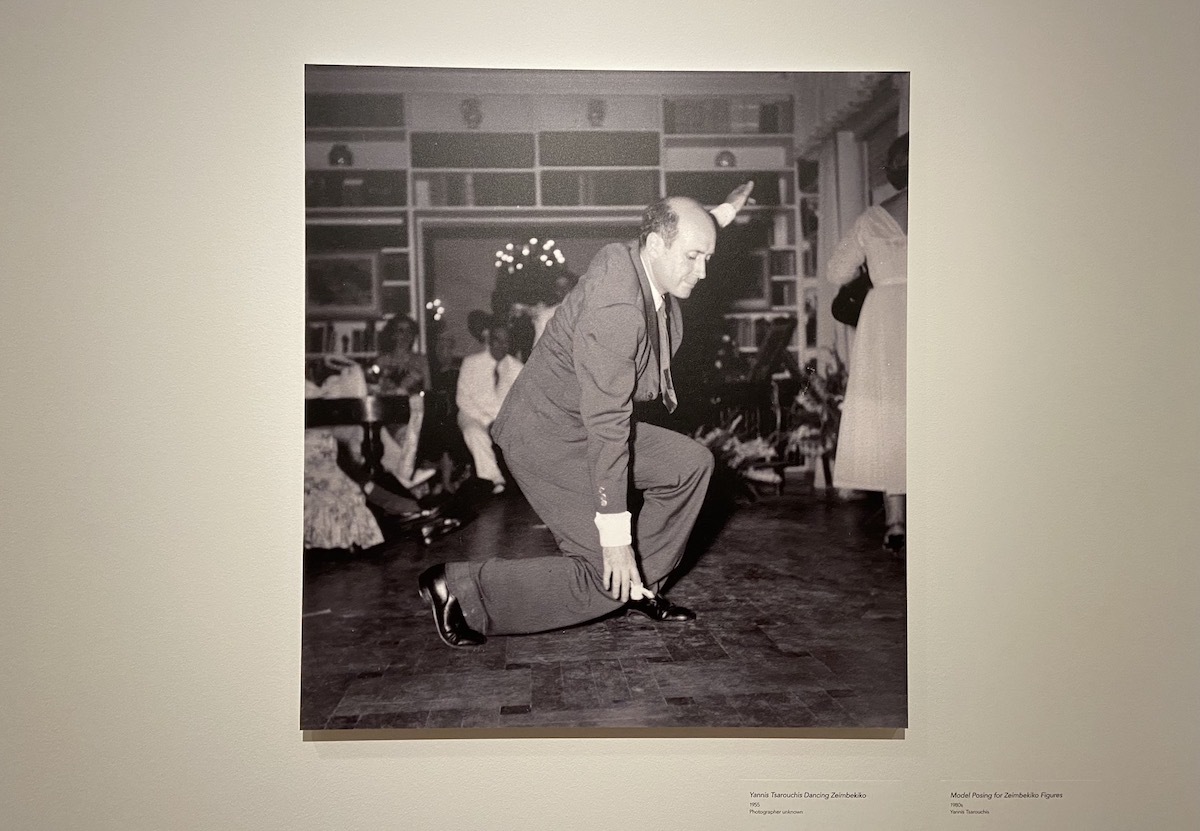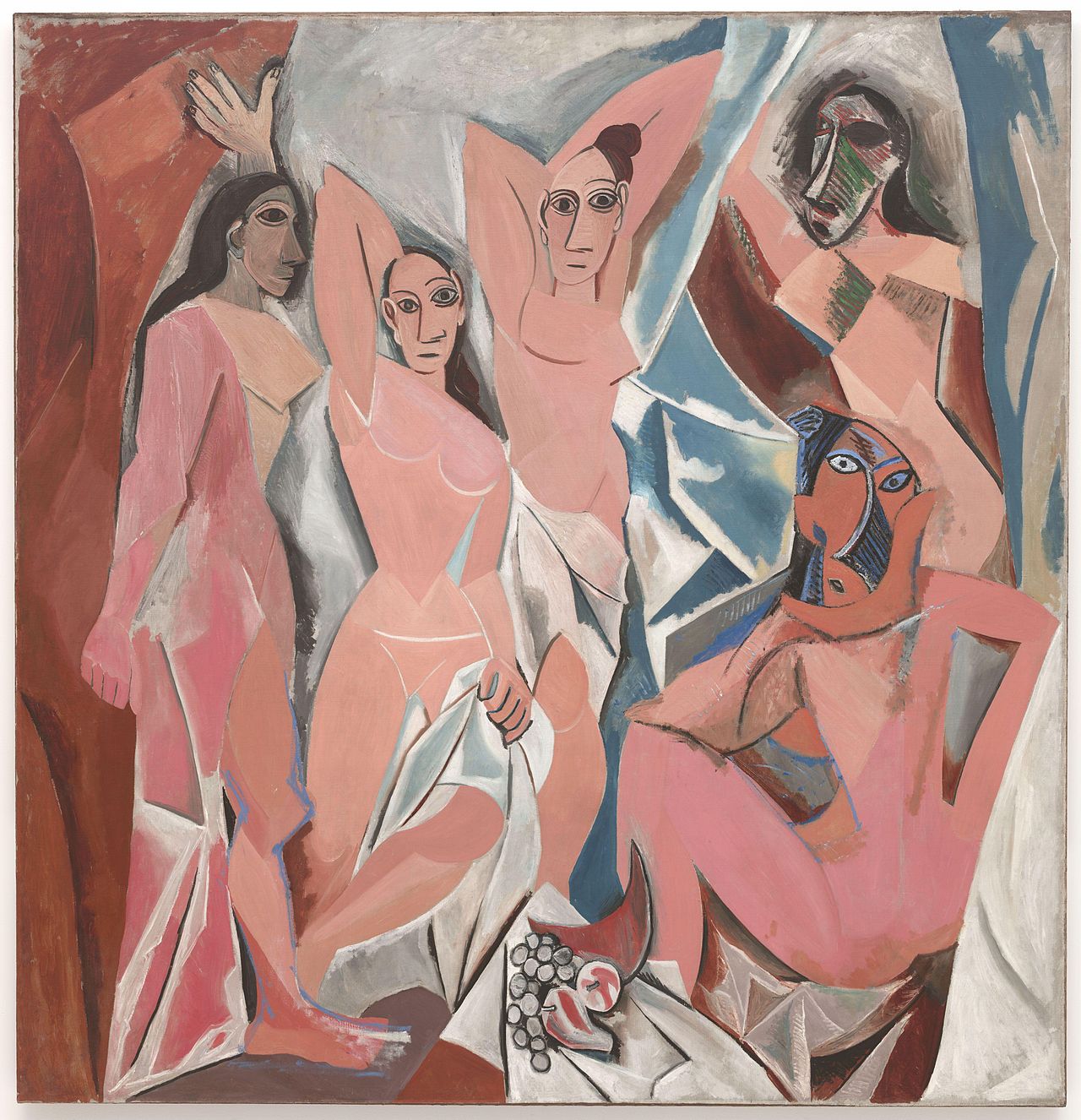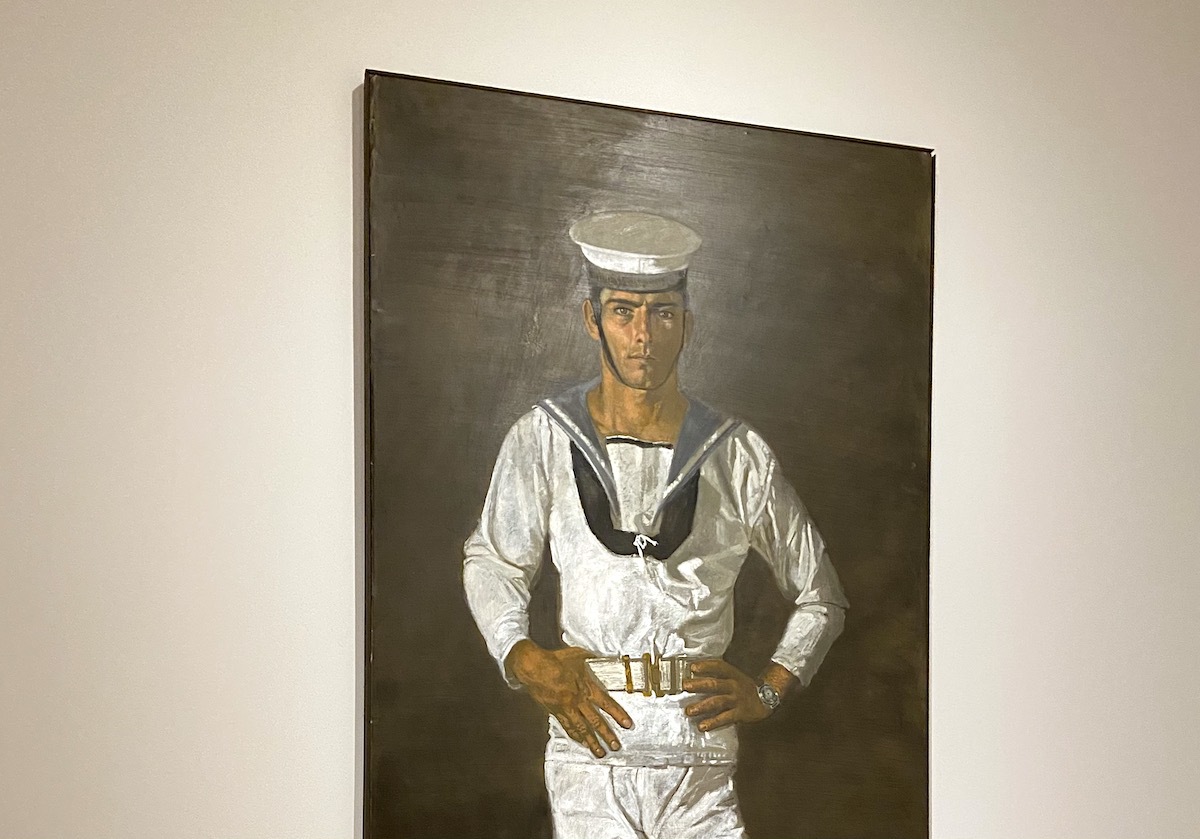
Yannis Tsarouchis was one of the most prominent figures of modern Greek art, and while his work is well known within Greece, it has only begun to garner attention outside of the country.
Known for his striking, colorful depictions of young Greek men, especially sailors, Tsarouchis has created some of the country’s most iconic works of modern art.
His style was both distinctly modern and distinctly Greek and featured elements of ancient Greek art, Byzantine painting, and European modernism.
Utilizing dominant themes and trends found throughout European painting at the time, Tsarouchis injected elements from his own unique perspective as a Greek man in his work, creating an entirely new aesthetic.
As his work contains many homoerotic elements, Tsarouchis has also become an iconic figure in the Greek LGBT (lesbian, gay, bisexual, and transgender) community despite the fact that the artist could never live openly during his lifetime.
Yannis Tsarouchis’s early life and artistic influences
Yannis Tsarouchis was born to a middle class family in the Athenian Port of Piraeus in 1910.
His childhood years growing up in his family’s neoclassical home in Piraeus were especially formative on Tsarouchis’ artistic vision even though he moved to Athens with his family in 1927.
The artist himself reflected on the importance of his childhood many years later, saying “I was looking at the sky a lot when I was a small child in Piraeus.”
“I never saw such a sky in any other part of the world, and I’m sensitive enough to see the difference,” Tsarouchis had said. “My first impressions of the sky served as the foundation of my aesthetics and standards. I judge whatever has to do with art according to these standards. Whatever I did is based there, in my childhood memories.”
Clearly, Tsarouchis had the eye of an artist even in his childhood and took his surroundings as a major source of inspiration for his work.
Living in Athens in the beginning of the twentieth century, Tsarouchis was surrounded by ruins from Greece’s many important historical periods, including the classical, neo-classical, and Byzantine periods, and was thus exposed to the architecture of these time periods.
Using ancient Greek, Byzantine, and Ottoman-era folk art as aesthetic sources, Tsarouchis differed from earlier Greek painters, who largely stressed the importance of Greece’s ancient past in their work or depicted life in the Greek countryside during their time.
Creating a Greek Modernism

This is a theme commonly found in both Greek writers and artists’ work during Tsarouchis’ time, especially in individuals of the Generation of the ’30s to which Tsarouchis belonged.
This group was fascinated with Greek identity and the formation of a Greek modernist movement in the wake of Modernism’s emergence in Europe in conjunction with the turbulent period following the population exchange between Greece and Turkey. It was a period which caused many to contemplate serious questions regarding culture and identity.
Members of this group include some of Greece’s most prominent poets, artists, and writers, including Giorgos Seferis, Odysseas Elytis, and Nikos Engonopoulos.
Hallmarks of the movement include reforming a Greek identity that not only relies on religion or ties to antiquity but accounts for Greece’s many historical periods even those once considered to be less worthy than Classical Athens, the country’s golden era.
A turn toward the country’s folklore, as well as a focus on Greek culture during the Ottoman period, is clear in their work.
Painters of the period turned toward Archaic Greek art, which was widely considered “primitive” compared to art of the Classical period, for inspiration, as they noticed its connections to emerging abstract and cubist movements.
Φώτης Κόντογλου (1896 – 1965)
Η Ελλάδα των τριών κόσμων, 1933
———— Εθνική Πινακοθήκη
Μουσείο Αλεξάνδρου Σούτσου
Fotis Kontoglou (1896 – 1965)
The Three Epochs of Hellenism, 1933
National Art Gallery Athens 🇬🇷💙#ArtistOnTwitter pic.twitter.com/d67DLaXgZ0— Άρης 🤖 Λούβρης (@LouvrisAris) October 20, 2020
Additionally, Byzantine icons featuring elements—such as a distinct flatness, a shallow spatial plane, and an impressive use of graphic color and line—common in modernist paintings, served as great inspiration to artists of the period.
Separating the aesthetics of the holy objects from religion, painters of the time created the “Neo-Byzantine” movement, characterized by secular scenes in the style of Orthodox icons in paintings.
This movement was particularly influential on the work of Tsarouchis, as he studied under Fotis Kontoglu, an artisit who painted both traditional icons and Neo-Byzantine scenes, at the Athens School of Fine Arts.
Tsarouchis and European painting
After completing his studies, Tsarouchis left Greece for Europe to visit Italy and Paris, where he encountered European Modernism.
He must have recognized a familiarity in what the European Modernists thought were radical forms that rejected the aesthetics of dominant artistic movements and periods of the past. In their emphasis on shape, color, and flat planes, Tsarouchis likely recognized elements of traditional Greek icon painting.
In fact, while Modernist painters rejected aesthetics from Western art, much of which derived from Classical Athens and the Renaissance, they sought out “exotic” art from Africa, Asia, the Middle East, and Eastern Europe, where the influence of Classical Greece and the Renaissance was either not as prominent or altogether absent.

Picasso famously admired African masks in the Louvre, and Matisse was amazed by Russian Orthodox icons. Many Modernist painters also appreciated the geometric forms and graphic lines found throughout Archaic Greek art.
Landscape of Olympia, 1934 #cubism #tsaroychis pic.twitter.com/dacvWwOooa
— Yannis Tsarouchis (@Tsaroychis) May 29, 2021
Following his return to Greece, Tsarouchis developed his own style, one that allowed for both Greek aesthetics from the country’s varied historical periods and aesthetics of European Modernism.
He gained attention in the Greek scene and even displayed his work in Europe. In 1958, Tsarouchis participated in the prestigious Venice Biennale, where top contemporary artists display their work.
In his later career, Tsarouchis shifted toward a naturalism, or depicting things as we see them, and even produced a number of pieces with Renaissance and Baroque influences.
The Forgoten Guards https://t.co/Yln3zTxvhD #yiannistsaroychis #tsaroychis pic.twitter.com/6ZOjjjoI2N
— Yannis Tsarouchis (@Tsaroychis) May 24, 2021
During the late 1960s, when Greece’s ultra-conservative right-wing military dictatorship took power, many artists and members of the LGBT community were targeted in Greece.
Those who were not tortured or imprisoned fled the country to avoid persecution. Tsarouchis left for Paris and lived there on and off until the end of the Junta in the 1970s.
A lover of theater and costume, Tsarouchis also designed many costumes and sets for Greek opera and theater productions.
He died in Athens at the age of 79 in 1989.
Yannis Tsarouchis’ struggles as a gay man in Greece

In 1952, Tsarouchis exhibited a number of paintings in a show at the Zappeion Hall in Athens. One of his works features a male nude reclining in bed with a uniformed sailor sitting at the foot of the bed.
The two men look each other in the eyes, signaling affection and familiarity and suggesting that they had just been intimate.
Mariner and reclining nude #yiannistsaroychis #tsaroychis pic.twitter.com/SNfsMNu6Eu
— Yannis Tsarouchis (@Tsaroychis) June 3, 2021
The subject matter, which was clearly homoerotic, caused controversy.
A member of the naval police famously threatened to destroy the work, claiming that it was insulting to the Greek Navy in its depiction of a nude figure with a sailor in his recognizable costume.
Many believed that the painting played on the perception that many men in the Navy engaged in homosexual relationships in their quarters.
This response is indicative of a culture which criminalized homosexuality at the time. Ironically, it is also a country that celebrates its ancient past, a past in which men openly engaged in, and celebrated, sex and relationships with other men.
This was not the only time that Tsarouchis’ presumed sexuality and homoerotic paintings got him in trouble.
While he felt relative freedom in expressing his sexuality in his paintings, it is unclear how openly Tsarouchis discussed his sexuality during his life, as he feared exclusion, discrimination, and rejection by his family and community.
Although one may believe that people in the art world would be more accepting of LGBT people, as many presume today, this was not always the case.
It is believed that Tsarouchis lost out on career opportunities and was pushed out of certain circles because of the subject matter of his work and his sexuality. This is not surprising, as sex between people of the same gender was a criminal offense in Greece until 1951.
Tsarouchis’ sexuality also colored people’s opinions of his work.
A Greek art critic famously labeled him a “Matisse pederaste,” a comment which feeds into the pervasive belief that gay men prey on young boys, while referencing his paintings that were inspired by the work of great modernist painter Matisse.
This caused a lot of strife for the artist, as he internalized the homophobia he faced.
In a telling quote near the end of his life (1987), Tsarouchis, while remaining vague about his own sexuality, expressed the reality of living as a gay man in Greece:
“People never expected anything of me; they considered me an inferior being, starting from my family and ending at my few friends. Perhaps this contempt compelled me to work more intensely than I could.”
As Greeks’ opinions regarding the LGBT community began to shift radically in the early 2000s, with the country becoming one of the most progressive in terms of gay rights in the region, Tsarouchis transformed into an idol for Greeks in the LGBT community.
See all the latest news from Greece and the world at Greekreporter.com. Contact our newsroom to report an update or send your story, photos and videos. Follow GR on Google News and subscribe here to our daily email!



